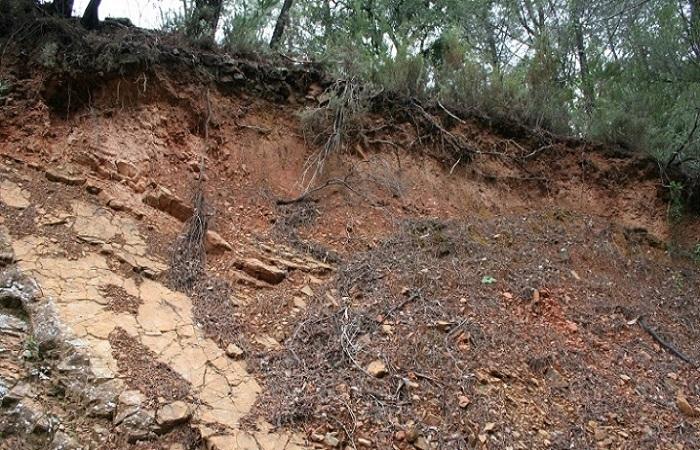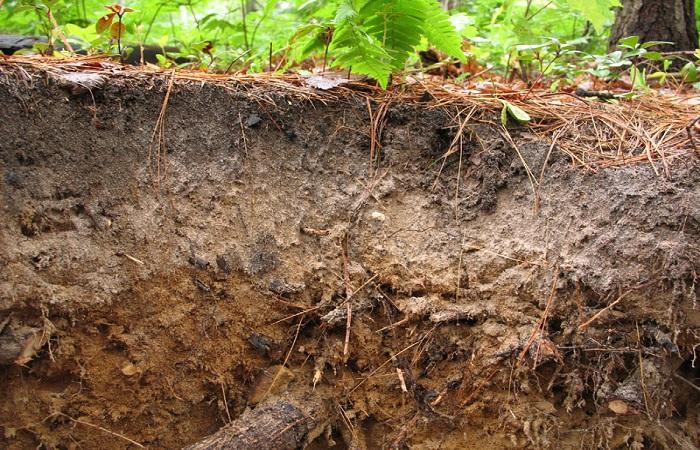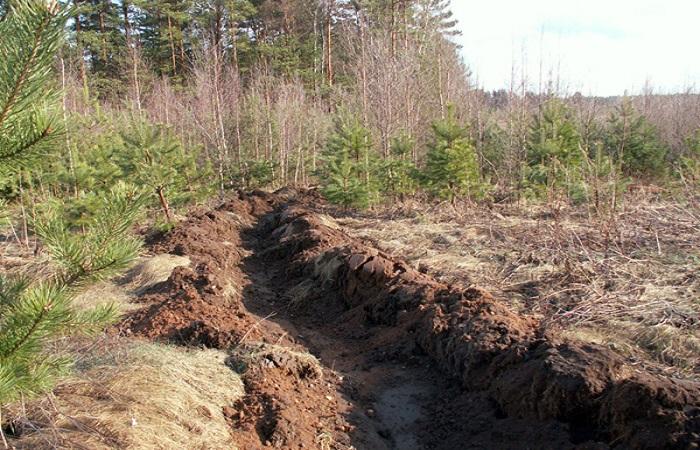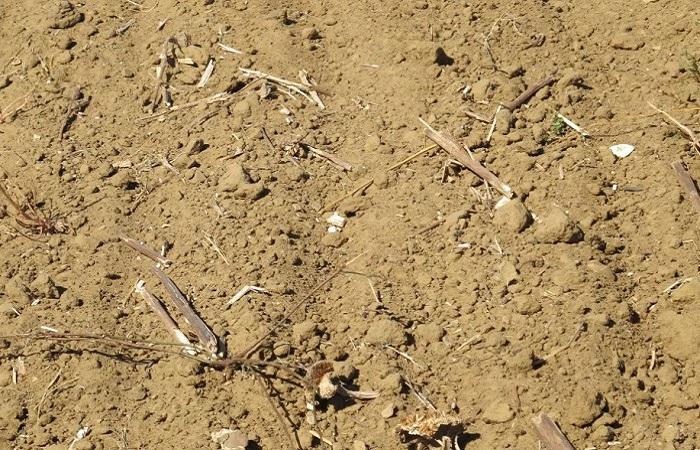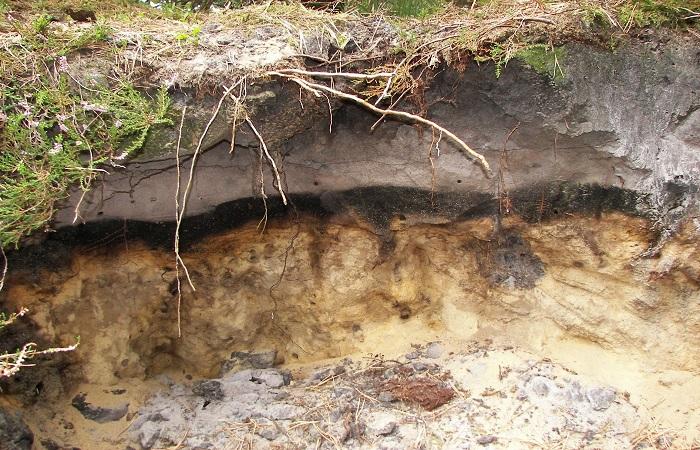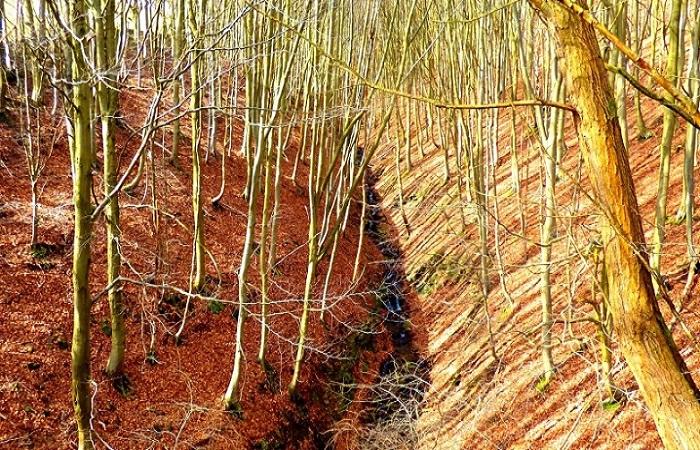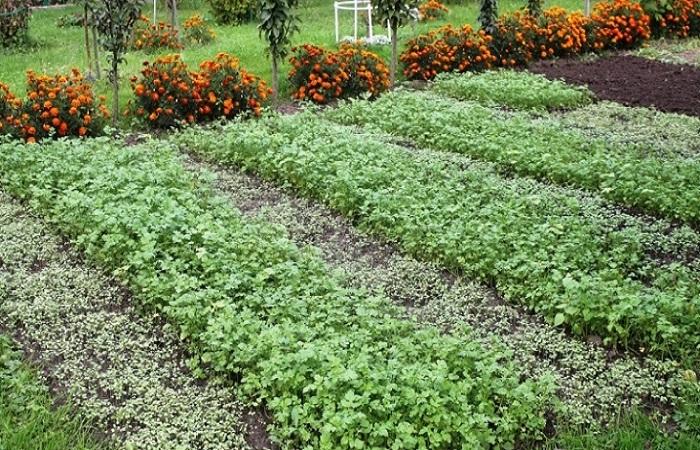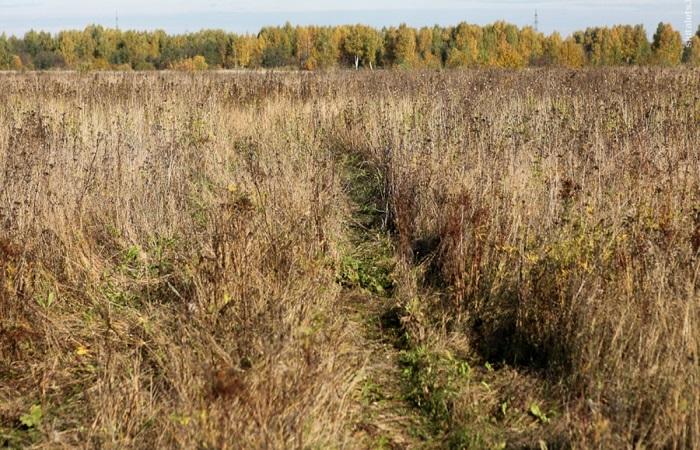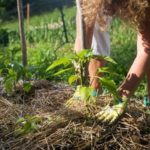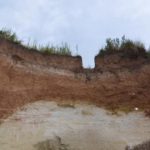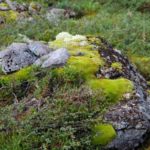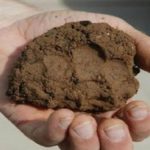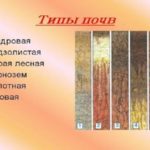The distribution of brown soils occurs in temperate climate zones with relatively humid and warm conditions. Coniferous, broad-leaved and mixed forests grow in them, and under them there is a cover of herbaceous vegetation. Let us consider the characteristics of brown forest soils, soil formation conditions, profile structure, classification, and species diversity of vegetation. How to improve brown soils for agricultural use.
Characteristics of brown forest soils
Brown forests consist of three horizons.The thickness of the humus horizon, which is brown in color, is 20 cm. It consists of humus and mineral matter. The humus content is high - 4% in percentage, maximum - 8%, the natural fertility of the soil is well expressed.
The composition of humus is dominated by fulvic acids rather than humic acids, this difference is especially noticeable in the lower part of the fertile layer. The humus layer is active, soil bacteria and plant roots mix organic matter with mineral particles. Because of this, the boundary between the upper and middle horizons may not be clearly defined.
The second horizon consists of mineral matter washed out from the soil-forming horizon. It also contains organic matter delivered by microorganisms and worms from the upper layer. The second layer of brown soils is often slightly leached, which is why only some salts pass through the profile. The bottom layer is represented by loams. If you look at the acidity table, brown forest soils have a pH between 5.0 and 6.5.
| Characteristics | Meaning |
| Humus layer thickness | 20 cm |
| Humus content | 4-8 % |
| Acids that make up humus | Fulvic acids |
| Acidity | pH 5.0-6.5. |
Typical forest soils are characterized by the separation of fractions of mechanical components along the profile at a uniform level. In the transition layer there is a slight increase in the amount of silt, which is due to the process of gleying.
Gleyization is the process of transformation of primary minerals into secondary ones under the influence of biological and chemical factors, as well as the process of secondary formation of minerals in the process of mineralization from plant residues. During gleying, silt and minerals such as iron, manganese, magnesium, calcium, phosphorus, aluminum and other elements accumulate in soil layers.
Soil formation conditions and distribution
Geographical location determines the processes that form brown forest soils. This is a temperate climate with average temperatures and high humidity (humidity coefficient greater than 1).
One of the main processes for the formation of brown soils is the gleying of lower soil horizons, as well as the removal of mobile weathering products. Fertility is due to the presence of permanent organic matter obtained from fallen leaves of broad-leaved forests and dead herbaceous vegetation.
Burozems are formed in flat areas, in the foothills, in valleys, and in mountain-forest regions. They form on clay, loam, sandy rock, sand with crushed stone. All brown forest subtypes contain large amounts of ferruginous minerals.
The natural distribution zone of brown forest soils in Russia is the Caucasus Mountains, the Altai foothills and the south of the Far East. But they occupy a much larger territory in Central and Western Europe, England, and cover the east coast of the United States and East Asia.
Profile structure
The upper layers of the profile are fertile - this is a loose litter, which consists of wood litter, which is in varying degrees of decomposition, and a humus horizon of dark brown color. The layer is loamy, lumpy-grainy structure, loose, 20 cm thick. After that comes a transition layer, crushed-loamy, lumpy structure, 20-30 cm thick.Then there is a yellowish-brown horizon, 30-70 cm thick, compacted, with multiple inclusions of crushed stone and rock fragments. It grades into weakly weathered eluvium.
Classification
The following types of brown soils are distinguished: acidic, acidic podzolized, containing many acids, slightly unsaturated, slightly saturated podzolized. According to the state of the humus layer, they are divided into coarse humus, illuvial-humus, and gleyic.
Brown forest soils belong to young soils, formed relatively recently and still being formed. Therefore, a clear classification of them has not yet been developed.
Agricultural use
Brown forest trees are characterized by fairly high natural fertility, so they can be used for growing agricultural plants. They are used for sowing grains, vegetables, for vineyards and orchards, and for growing conifers.
Vegetation
Plants characteristic of the brown forest soil belt are represented by beeches, oaks, hornbeams, and ash trees - tree species characteristic of deciduous forests of temperate climates. Most of the forests have been cut down, and this area is occupied by agricultural land.
Coniferous-deciduous forests grow in the Far East. They are dominated by spruces, pines, cedars, fir, and deciduous trees - linden, maple and oak. Heavily moist areas are covered with meadow-marsh and marsh plants.
How to improve the soil?
Despite the high agronomic value of forest soils, when new territories are plowed, the humus layer is washed out. To prevent loss of fertility, it is necessary to carry out reclamation and other agrotechnical measures that will contribute to the preservation of soils: sowing green manure vegetation, restoring the fertile layer, liming the soil, the acidity of which does not allow the main types of crops to be grown on it.
Measures for the rational cultivation of crops make it possible to maintain and even increase overall productivity and preserve the properties of forest soils within the limits of natural fertility.
Since brown forest soils are usually characterized by the phenomenon of surface waterlogging, measures are required aimed at improving their water-air regime, such as drainage, drainage of excess water, improvement of the structure of the plowing layer, increasing its thickness, and others.
When used on slopes, you need to strengthen them by planting plants with strong roots. In case of increased humidity, systematic drying is necessary. The use of brown soils in agriculture makes it possible to include fresh lands into circulation and increase the productivity of the industry.
Proper cultivation of forest lands for arable land and meadow areas, their rational use leads to the preservation and even improvement of the properties of these soils, leaching is stopped, this is due to improved structure, increased bioactivity of microorganisms and under the influence of powerful roots of cereals.
For agricultural use, such soils are of interest, both newly plowed and cultivated. Many important agricultural crops grow and bear fruit well on them; with the use of agrotechnical measures, a good harvest can be obtained from agricultural fields and gardens.

